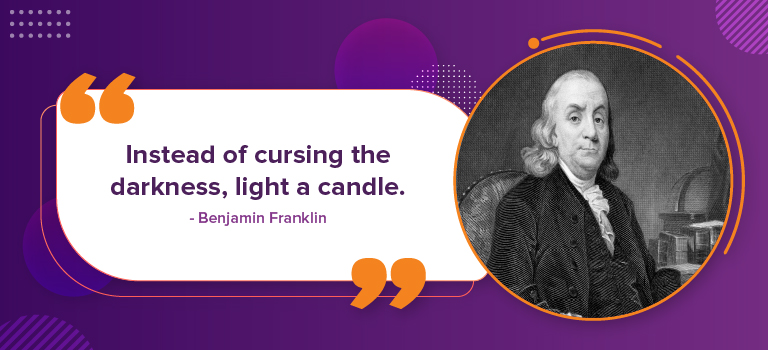
TABLE OF CONTENTS
1. SMART Program 2. DRDO - 65th Foundation Day 3. Sri Mannathu Padmanabhan

Syllabus – GS2, Health: Government policies and interventions for development in various sectors
Prelims – SMART Initiative.
Context – SMART Program launched to boost R&D in Ayurveda.
Details –
- The National Commission for Indian System of Medicine (NCISM) and the Central Council for Research in Ayurvedic Sciences (CCRAS) under the Ministry of Ayush launched the SMART (Scope for Mainstreaming Ayurveda Research in Teaching Professionals) Program. It aims to boost scientific research through ayurveda colleges and hospitals and is believed to transform clinical research in Ayurveda.
- The objective of the program is to identify, support and promote innovative research ideas in healthcare research areas including iron deficiency anaemia, osteoarthritis, Rheumatoid Arthritis, Diabetes Mellitus, Dyslipidemia, Obesity, Psoriasis, Non-alcoholic fatty liver disease (NAFLD), Generalised Anxiety Disorder.
- The National Commission for Indian System of Medicine is the statutory body constituted under NCISM Act, 2020.
- The Central Council for Research in Ayurvedic Sciences (CCRAS) is an autonomous body of the Ministry of AYUSH (Ayurveda, Yoga & Naturopathy, Unani, Siddha and Homeopathy), Government of India. It is an apex body in India for the formulation, coordination, development and promotion of research on scientific lines in the Ayurveda and Sowa-Rigpa systems of medicine.
Also read – National Ayush Mission
Syllabus – GS3, Achievements of Indians in science & technology; indigenization of technology and developing new technology.
Prelims – DRDO
Context – DRDO celebrates its foundation day on January 1st, every year.
Details –
- Floral tributes were paid to former President Dr APJ Abdul Kalam, the Missile Man of India at DRDO Headquarters in New Delhi.
- DRDO Chairman Dr S V Kamat addressed the Defence Research and Development Organisation fraternity on the occasion. He informed that DRDO has now established a total of 15 DRDO-Industry-Academia Centres of Excellence (DIA-CoEs). Currently, 867 projects are ongoing with academia at a cost of Rs 1,183 crore.
- The systems developed by DRDO that have been delivered, inducted or handed over to the users include three firing units of Medium Range Surface to Air Missile for IAF, Dhwani Automated Sonar Trainer, Brake Parachutes for Su-30 fighter aircraft, InfraRed Signature Suppression System for ships, Shakti EW system, four types of Radiation Contamination Monitoring Systems, Pressure Breathing Oxygen Masks, etc.
- The Defence Procurement Boards and Defence Acquisition Council have accorded the Acceptance of Necessity (AON) for induction of several DRDO-developed systems which include the Sarang ESM system, TARA kit ( Tactical Advance Range Augmentation), Long Range Guided Bomb (LRGB) – Gaurav, Low Level Transportable Radar (LLTR), Bridge Laying Tank (BLT) T-72 etc.
- Further, there are several major systems that have either been completed or are in the final stages of user evaluation and also, there are many systems that are undergoing developmental trials.
Syllabus – GS1, The Freedom Struggle – its contributors.
Prelims – Sri Mannathu Padmanabhan.
Context – Shri Narendra Modi paid tributes to Sri Mannathu Padmanabhan on his birth anniversary.
Details –
- The Prime Minister, Shri Narendra Modi paid tributes to Sri Mannathu Padmanabhan and also acknowledged his contributions to social reforms, rural development and India’s freedom movement.
About –
- Mannathu Padmanabhan, a social reformer and freedom fighter, lived from January 2, 1878 – February 25, 1970. On October 31, 1914, he founded the Nair Service Society (NSS). He received the Padma Bhushan award in 1966.
- Padmanabhan was an Indian social reformer and freedom fighter from the southwestern state of Kerala.
- He inspired the Nair community members to end practising unnecessary orthodox customs.
- He took part in the Vaikom (1924) and Guruvayoor (1931) temple-entry Satyagrahas and the anti-untouchability agitations.
- He became a member of the Indian National Congress in 1946.
Also read – Establishment of Indian National Congress.
Read the previous PIB articles here.
January 2nd, 2023, PIB:- Download PDF Here
| Related Links | |||
| Defense Acquisition Procedure 2020 | Vaikom Satyagraha | ||
| Green India Mission (GIM) | Social and Religious Reform Movements | ||
| Swami Vivekananda | Science & Technology Notes For UPSC | ||

Comments